Sunflowers bring a special kind of joy to any garden. Their bright, cheerful faces seem to soak up the summer sun, and whether you're growing them for their tasty seeds or simply for their stunning beauty, they are a rewarding plant to cultivate. Caring for them is straightforward if you understand their basic needs. Let's walk through the essential steps to ensure your sunflowers, both edible and ornamental, thrive from seed to spectacular bloom.
It all starts with choosing the right location. Sunflowers are true to their name; they crave sunshine. Look for a spot in your garden that receives at least six to eight hours of direct sunlight each day. More is even better. This abundant light is crucial for strong stem development and the formation of those large, iconic flower heads. They also need protection from strong winds, which can topple tall varieties. Planting them near a fence or a wall can provide the necessary shelter.
The soil is the foundation of a healthy plant. Sunflowers aren't overly fussy, but they perform best in well-draining soil. They have deep taproots that don't like to sit in waterlogged earth. If your soil is heavy clay, you can improve its drainage by mixing in some compost or well-rotted manure. This not only helps with drainage but also adds valuable nutrients. A neutral to slightly acidic soil pH is ideal for optimal growth.

When it comes to planting, you have two main options: sowing seeds directly outdoors or starting them indoors. Direct sowing is often the preferred method. Wait until all danger of frost has passed and the soil has warmed up. Plant the seeds about an inch deep and six inches apart. If you're growing giant varieties for their edible seeds, you'll want to space them even further apart—up to eighteen inches—to give them plenty of room to reach their full potential. After planting, water the area gently but thoroughly.
If you have a short growing season, you might consider starting your sunflower seeds indoors. Do this about two to four weeks before the last expected frost. Use biodegradable pots to minimize root disturbance when you transplant them later. Plant one or two seeds per pot, and once they sprout, you can thin them to the strongest seedling. Keep them in a sunny window and ensure they get plenty of light to prevent them from becoming leggy.
Watering is a critical part of sunflower care, especially during their key growth stages. While established sunflowers are somewhat drought-tolerant, consistent moisture is vital for young plants and when the flower heads are developing. The goal is deep, infrequent watering rather than shallow, daily sprinklings. This encourages the taproot to grow deep into the soil, creating a sturdier and more resilient plant. Aim to water at the base of the plant, keeping the leaves dry to help prevent fungal diseases. A good rule of thumb is to provide about an inch of water per week, adjusting for rainfall.

As your sunflowers grow, you might need to provide support for the taller varieties. Those giant sunflower types grown for their edible seeds can reach heights of ten feet or more. A sturdy stake placed near the stem and tied loosely with soft twine can prevent them from snapping in a summer storm. For smaller, ornamental varieties, this is usually not necessary.
Feeding your sunflowers will help them achieve their best. They are not heavy feeders, but a little nutrition can go a long way. If you amended your soil with compost at planting time, you may not need additional fertilizer. However, for an extra boost, you can use a balanced, slow-release fertilizer when the plants are about two feet tall. Avoid high-nitrogen fertilizers, as these will encourage leafy growth at the expense of flower production.
One of the most exciting parts of growing sunflowers is watching for pollinators. Bees absolutely love them! This brings us to a key difference in caring for ornamental versus edible varieties. For ornamental sunflowers, deadheading—or removing spent flowers—can encourage the plant to produce more blooms throughout the season. Simply snip off the faded flower head just below the base of the bloom.
For edible sunflowers, the goal is a single, large head packed with plump seeds. You typically do not want to deadhead these. Instead, let the flower mature on the stalk. You'll know it's ready for harvest when the back of the flower head turns from green to a yellow-brown color, and the seeds look plump and the shells are firm. To protect your harvest from birds, you can cover the flower head with a breathable bag made of cheesecloth or a paper bag.
After harvesting, cut the head off with a few inches of stem attached. Hang it in a dry, well-ventilated area to finish curing. Once fully dry, you can rub the head to release the seeds. Roast them with a little salt for a delicious and healthy snack.
Like all garden plants, sunflowers can face a few challenges. Keep an eye out for common pests like aphids, which can be sprayed off with a strong stream of water, or birds, which love the seeds as much as we do. Diseases like powdery mildew can occur, especially in humid conditions. Ensuring good air circulation around your plants and watering at the soil level are the best preventative measures.
Growing sunflowers is a wonderfully satisfying experience. By providing them with plenty of sun, well-draining soil, consistent water, and a little support, you'll be rewarded with a magnificent display that brightens your garden and, if you choose, provides a tasty harvest. Whether you're a seasoned gardener or just starting out, these sunny giants are a perfect addition to any outdoor space.
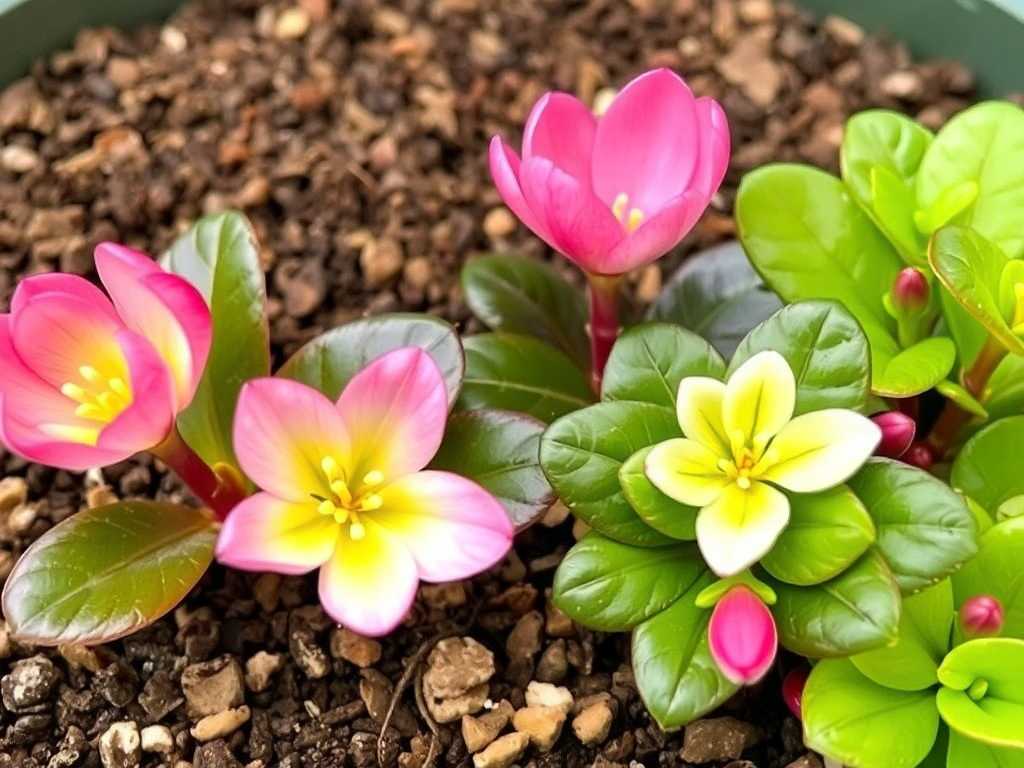
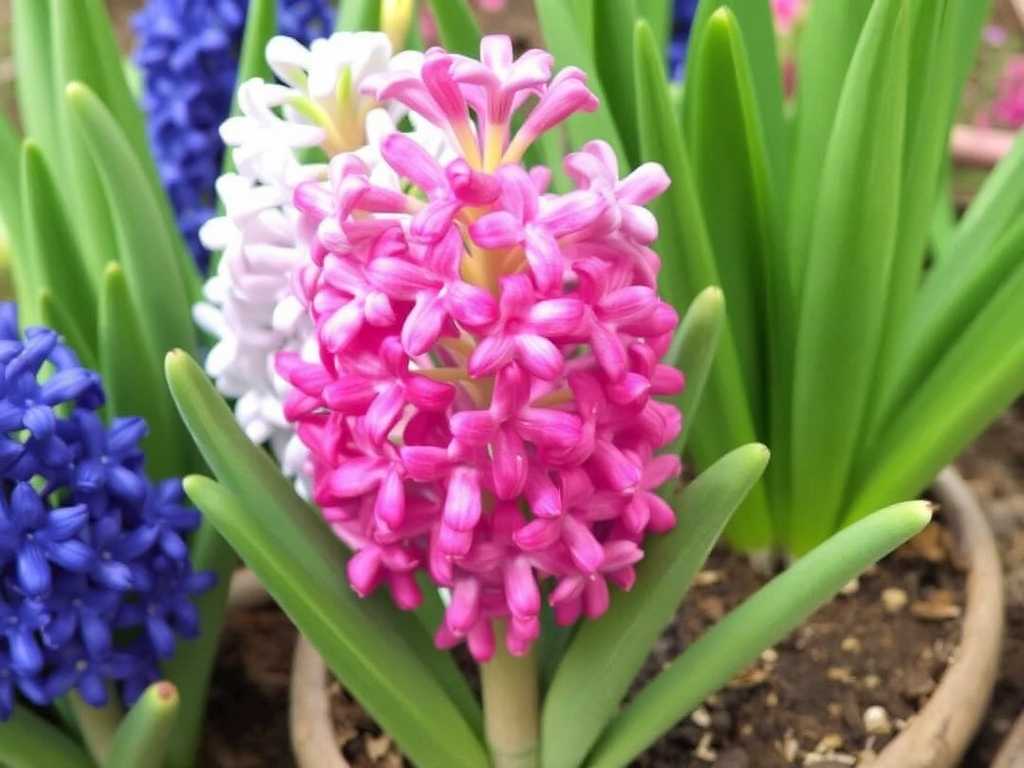
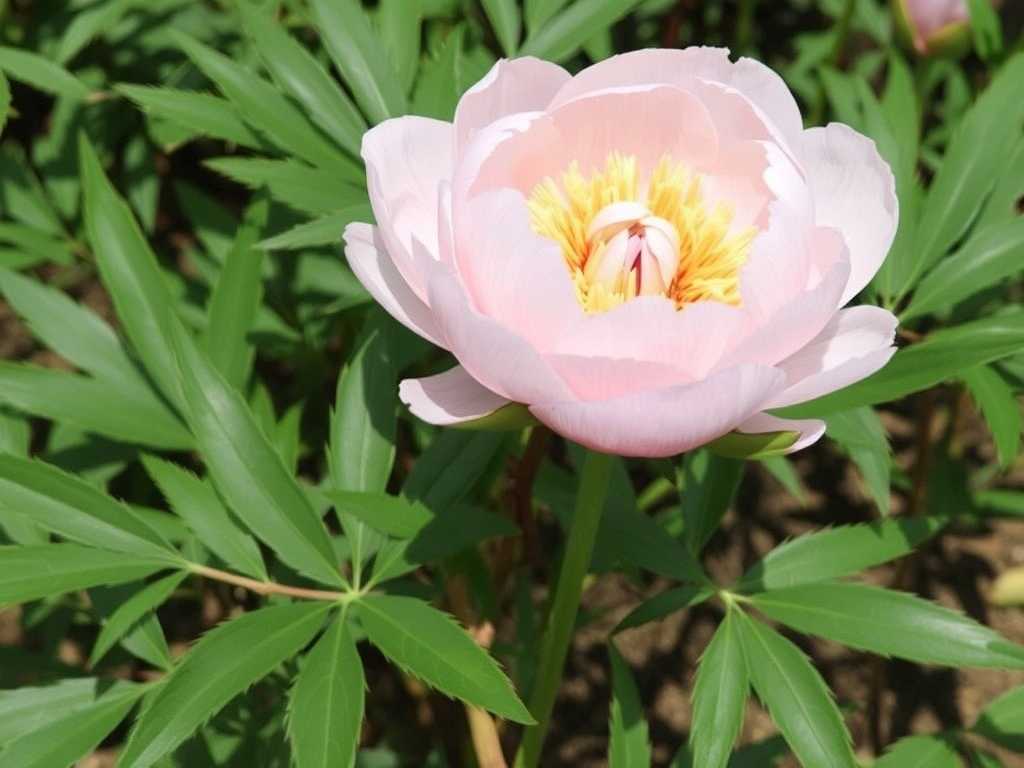

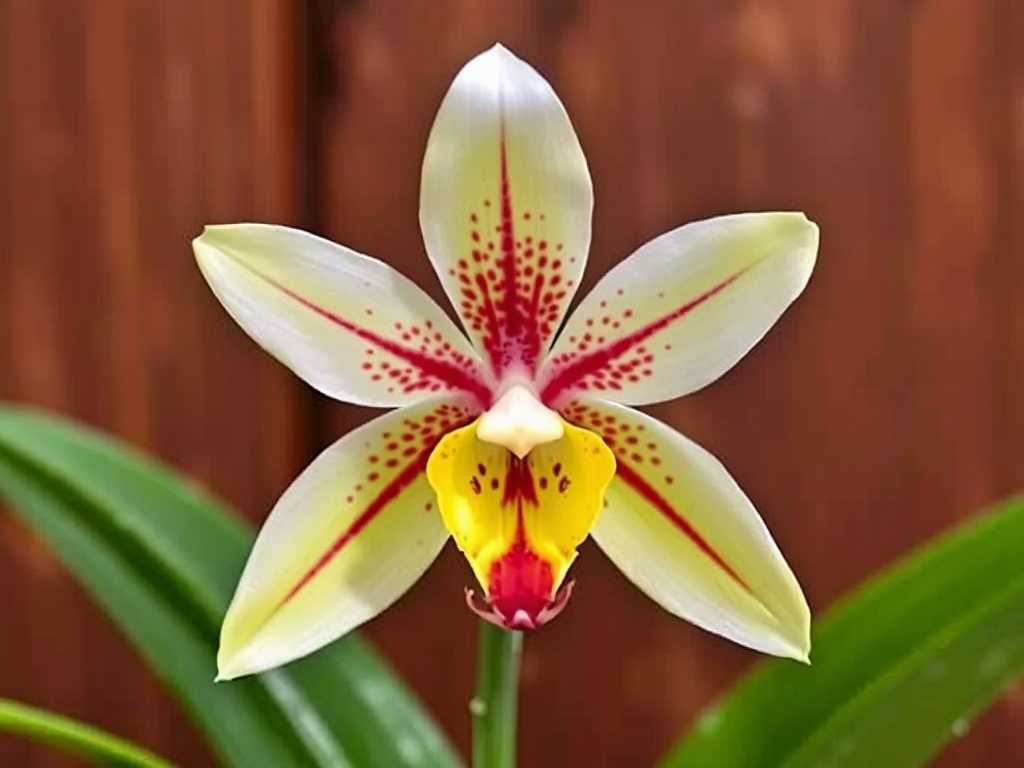
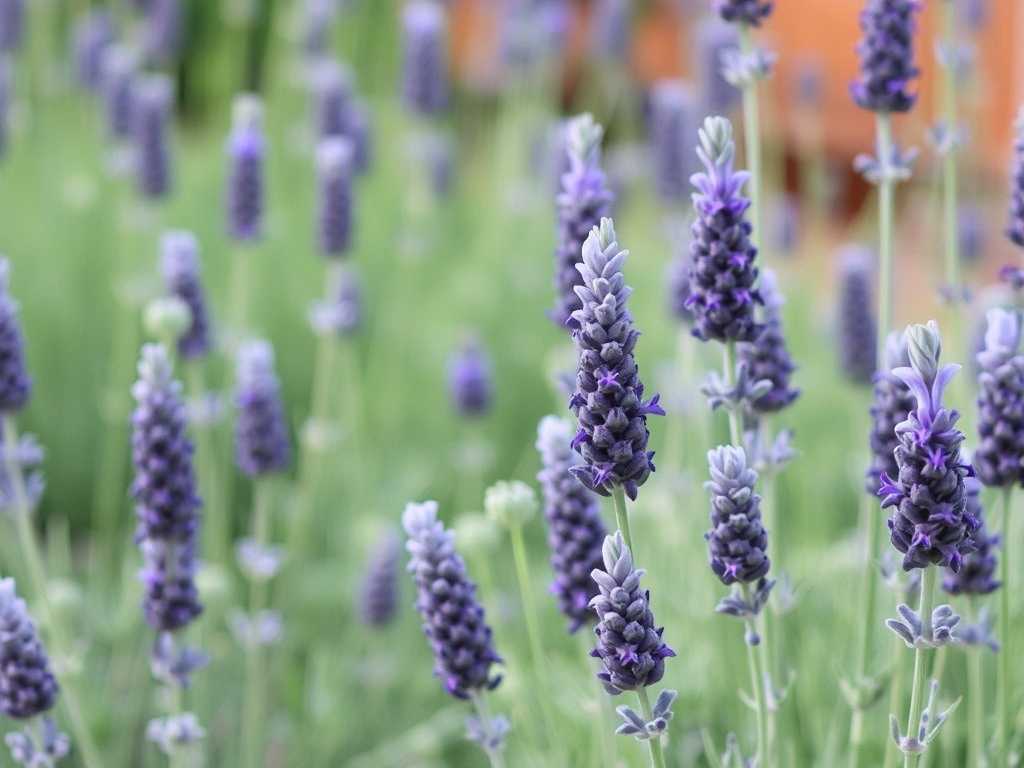
发表评论